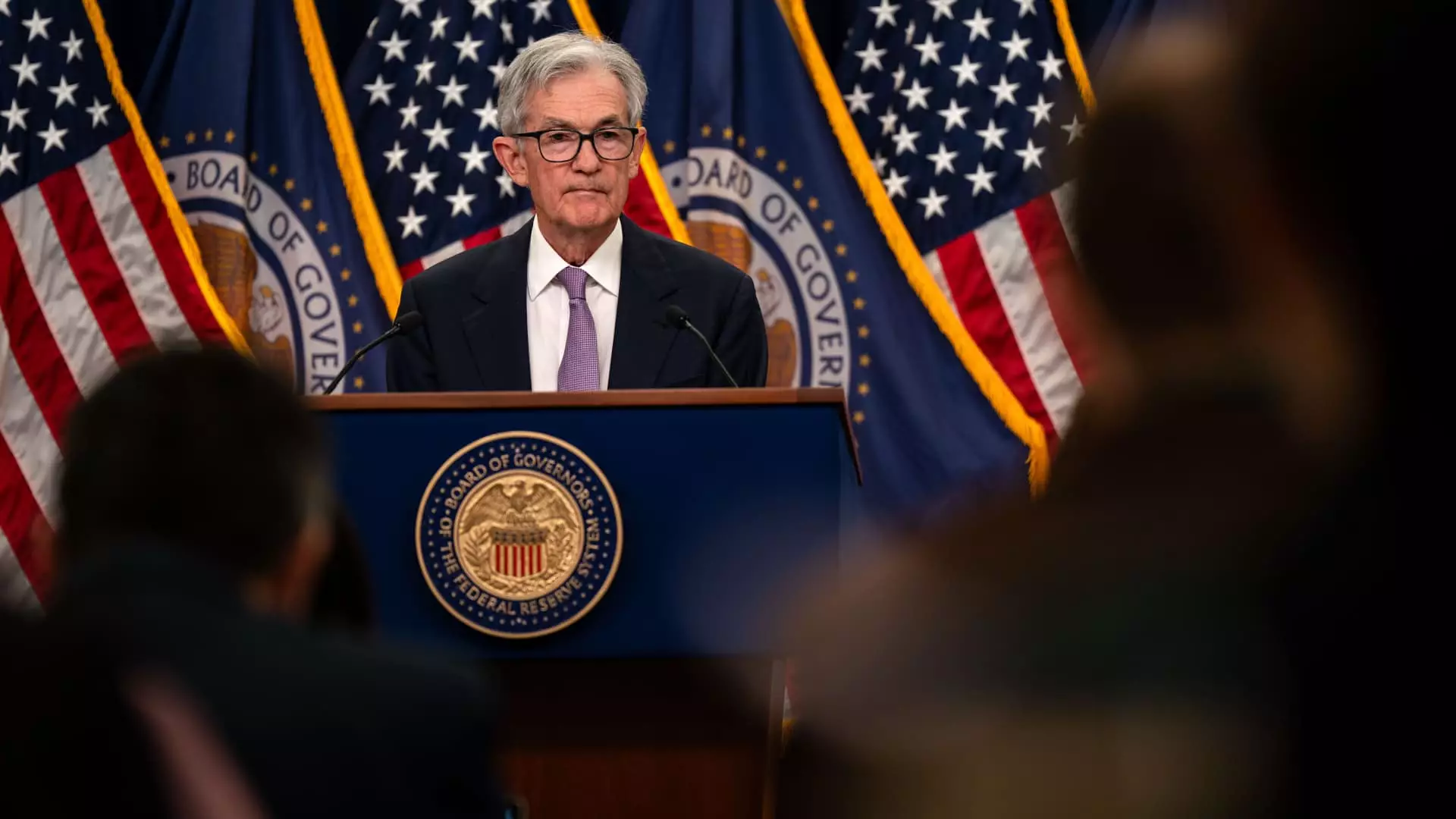The economic landscape in the United States is often shaped by a complex interplay of monetary policy and external factors. The Federal Reserve’s latest deliberations reveal an evident concern regarding inflation and the uncertainty stemming from incoming policies of President-elect Donald Trump. The intricacies unveiled in the December meeting minutes catalyze a need for a deeper understanding of how these elements might impact not only interest rates but also the broader economic framework.
The Federal Reserve’s unease about inflation is palpable, with officials recognizing a shift in the inflation outlook since Trump’s electoral success. While refraining from directly addressing Trump’s policies, the meeting participants highlighted potential repercussions of changes in immigration and trade policy that could reverberate through the economy. These variables open up questions regarding supply chains, labor markets, and ultimately, consumer prices.
The Fed’s decision to lower its benchmark borrowing rate to a range of 4.25%-4.5% was accompanied by a conspicuous recalibration of expectations with regard to future cuts. The reduction of anticipated cuts by half from four to two raises critical questions about the Fed’s long-term strategy. Is the central bank preemptively navigating uncharted waters by signaling a slower approach to monetary easing? This nuanced posture indicates a recognition of the dual forces at play: efforts to combat rising inflation while ensuring economic growth remains robust.
Trump’s proposed aggressive tariffs on trading partners such as China, Mexico, and Canada introduce new layers of complexity to this economic scenario. Tariffs could significantly impact the prices of imported goods, exacerbating inflationary pressures while simultaneously reshaping domestic manufacturing landscapes. The Fed’s acknowledgment of these risks underscores the intricate international balance between trade policies and domestic economic health.
Moreover, the uncertainty coupled with potential deregulation and mass deportations raises concerns about labor supply and consumer spending, crucial elements driving economic growth. This interplay influences Federal Reserve tactics as they assess the trajectory of the economy against a backdrop of potential policy shifts. Market predictions, which currently indicate a high probability of stasis during the next Federal Open Market Committee (FOMC) meeting, reflect the collective hesitance among traders to anticipate drastic changes amid ambiguity.
Federal Reserve Chair Jerome Powell’s metaphor of “driving on a foggy night” resonates strongly within this context. It communicates the apprehensive yet methodical approach the Fed intends to adopt as it progresses toward a neutral policy stance. The minutes reveal a consensus among officials regarding the necessity of a careful examination of evolving economic activity and inflation indicators before making any further decisions.
In essence, the Fed finds itself in a balancing act—managing the dual mandate of promoting maximum employment and stabilizing prices while navigating through fog-like uncertainties stemming from external policy decisions. The committee members’ discussions emphasize a cautious stance, reflecting an awareness that rapid adjustments could destabilize the very markets they are trying to stabilize.
As the Fed wrestles with these dynamics, the anticipated timeline for achieving the target inflation rate of 2% raises eyebrows. Most officials envision a gradual decline in inflation, projecting it won’t settle at the desired level until around 2027. This outlook highlights a vital challenge for the Fed: how to stimulate economic conditions conducive to sustained growth and employment while simultaneously controlling inflation within acceptable bounds.
Additionally, the meeting minutes revealed that a significant majority of participants are becoming increasingly cognizant of the delicate state of the economy. Given the vibrant GDP growth and strong consumer spending, the Fed appears equipped to assess real-time data rather than rigidly adhere to a predetermined policy schedule. This flexible methodology becomes paramount in a climate where decision-making can significantly hinge upon incoming data influenced by externalities, including trade agreements and immigration reforms.
The Federal Reserve’s December meeting encapsulates the intricate web of interactions between domestic monetary policies and external political factors. As the economic climate evolves, the Fed’s cautious approach signals a recognition of the need for adaptability in the face of uncertainty. Achieving the dual objectives of controlling inflation and fostering economic growth will require not only astute monitoring of data but also strategic foresight in navigating uncharted territories marked by potential policy shifts. The coming months will prove critical as the Fed continues its endeavor to maintain equilibrium in an increasingly volatile environment.

